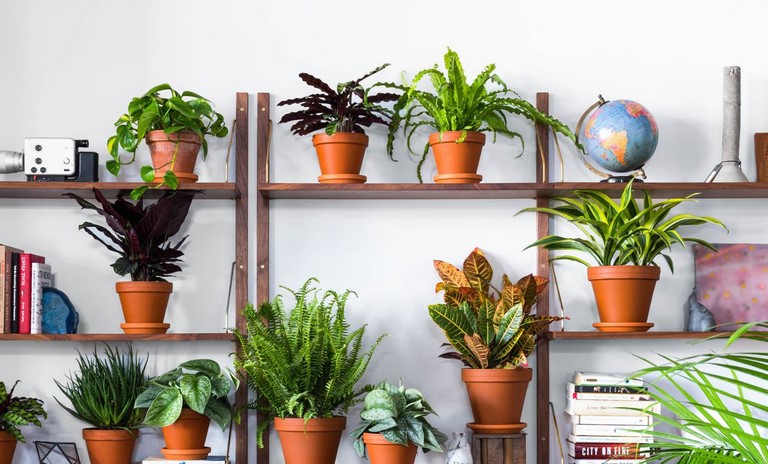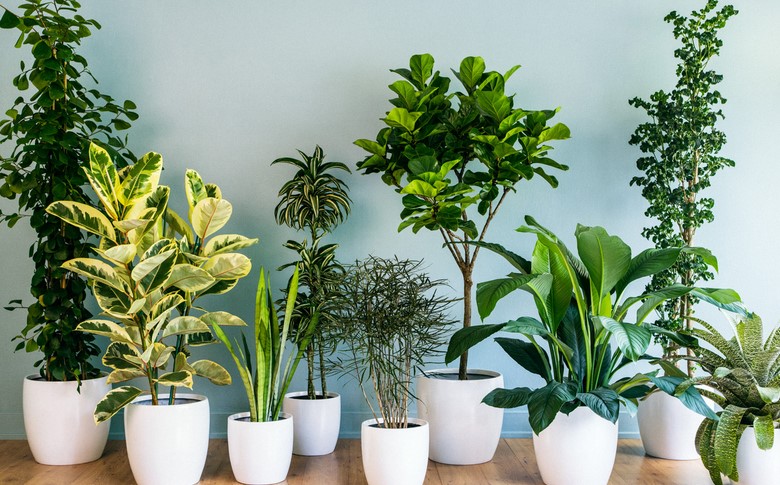When choosing a new plant for your indoor space, it’s important to determine what type of light the plant will need. This doesn’t need to be a thorough survey, but you should take note of sun patterns in the area. There are several kinds of plants, and they each require different types of light.
There are many benefits to having indoor plants. Indoor plants can improve your home’s air quality and even your mood. Did you know that there’s a certain type of plant called a ficus that can actually purify the air you breathe? Today, I’m going to talk about my favorite low-maintenance plants and why they’re so easy to care for.

Dracaena marginata
Dracaena marginata is one of the simplest indoor plants to care for. This plant grows slowly and is not a high maintenance plant. It will grow slowly, so you may only need to repotted it every few years. Just remember to keep the soil moist but not soggy. If your plant is getting too dry, try adding some fresh potting mix.
This tropical plant grows well in filtered indoor light, but will tolerate low light. Direct sunlight will scorch the leaves. Dracaenas also need less water than most indoor plants. The best way to water them is to mist them occasionally and make sure they have good drainage. It’s important not to over-water them, as this can lead to root rot.
Christmas cactus
Christmas cacti require little maintenance and require little to no water. They are sensitive to high temperatures and require a relatively cool room. The best time to bring your Christmas cactus indoors is in fall and winter. Keep the temperature between 65 and 70 degrees F, but avoid nighttime temperatures above 75 degrees.
Christmas cacti do not require large planters and do not require repotting. Planters should be slightly wider than the old pot to accommodate its root ball. The top of the root ball should be at least 3/4 inch below the rim. If you are not satisfied with the soil level, you may want to switch up a pot size.
Make sure you keep the moisture level low enough to avoid the plant from suffering from root rot. Excess moisture can lead to wilting of the leaves. Check the soil every seven days to avoid these problems. You should also consider how much moisture your home has and where you plan to place your plant. Make sure it has holes for drainage and avoid leaving it sitting in water.
Weeping fig
The weeping fig is one of the easiest indoor plants to grow. It grows best in a bright, indirect area with morning sun. It can survive in a semi- shaded area, but should be placed in a bright room. The fig does best when the soil is kept partially dry between waterings. It can also tolerate being moved around to different locations.
The weeping fig is easily propagated through cuttings. The best time to do this is in the spring or summer when the plant is not actively growing. Otherwise, the plant might be injured. If you need to prune the tree, make sure to remove any dead, diseased, or damaged parts. Afterwards, you can repot the tree.

Chinese money tree
If you want to bring a tropical touch to your room, a Chinese money tree is a great choice. This hardy succulent will thrive in a root bound pot. However, it is not immune to diseases and pests. To get rid of infestations, remove the soil from the roots and rinse them thoroughly.
To ensure that your Chinese money plant thrives, avoid placing it in an area with a lot of humidity, low light, or cool temperatures. This plant can suffer from mold if not maintained properly. This plant also dislikes damp rooms, and should not be placed in a bathroom. Chinese money plants require good lighting and a balanced soil. Also, make sure to add fertilizer to the pot once a month.
Chinese money plants are easy to propagate. They produce baby plants naturally. They should be cut from the mother plant when they are about five centimeters long. Make sure to use a clean, sharp knife. Cut the baby plant from the mother plant when it is 5- 7 centimeters in diameter. Care for the baby plants should be done carefully, so as to preserve the roots.
If you’re looking for the easiest small indoor plant, you can’t go wrong with a pothos plant. Just be sure to choose a variety like the golden pothos. It has a trailing design, which means that it will hang down from its container and add some greenery to your space. It’s also simple to care for, and its bright green leaves add a pop of color to any room.








